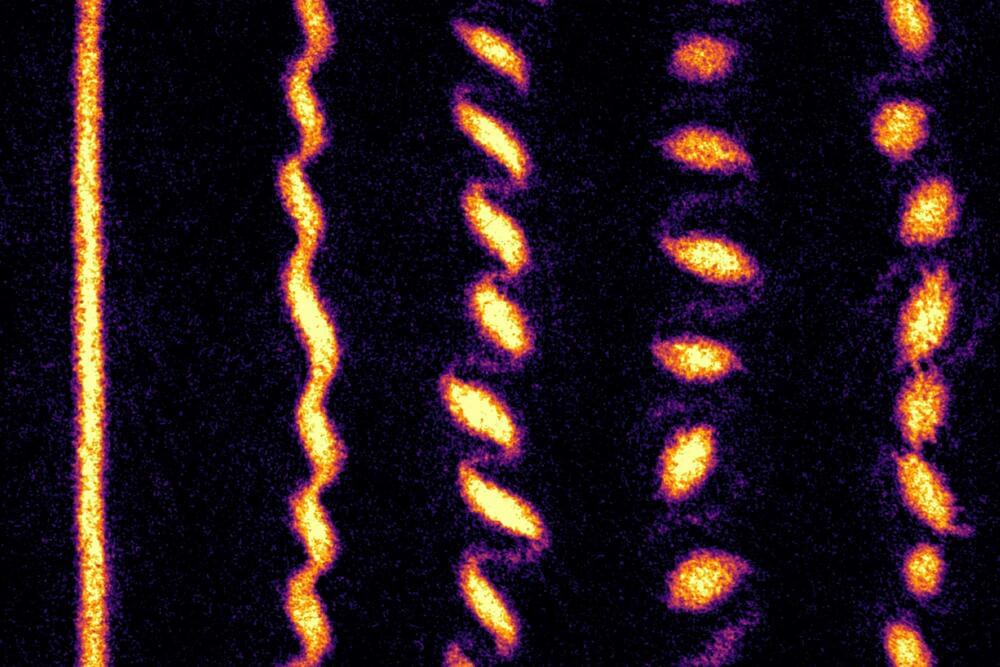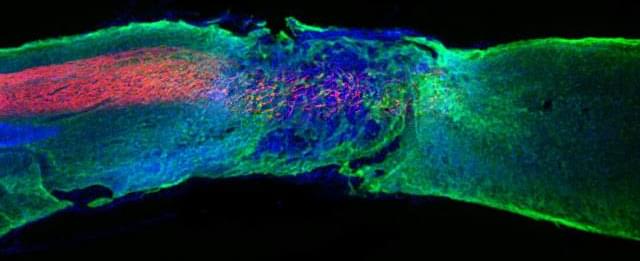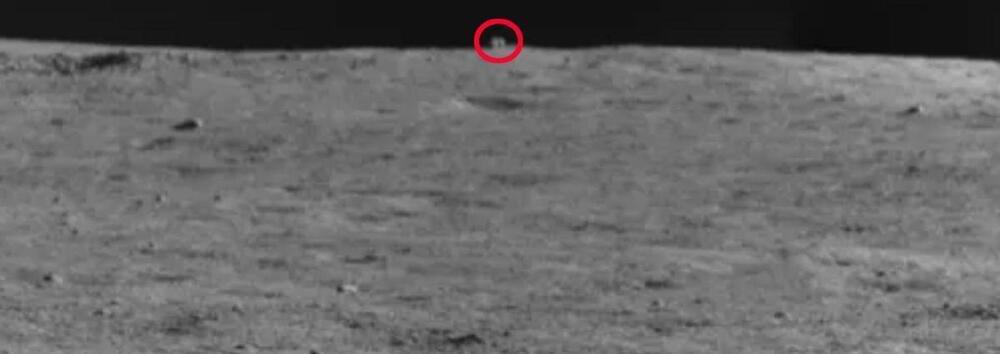HYBRIT and H2 Green Steel have launched projects in Sweden with a target to manufacture 10 million tonnes (mt) of fossil fuel-free crude (green) steel per year by 2030. Success, of course, depends on the numbers adding up, or rather, the numbers going down.
To make green steel, you need green hydrogen; to make green hydrogen, you need cheap renewable energy. HYBRIT and H2 Green Steel believe this will come from wind power at a LCOE of $30 per megawatt-hour. With the trajectory of costs for renewable energy going ever downward, it is likely they will be able to achieve this.
Add to the mix the increasing costs of carbon and the pressure to decarbonize, and you have a winner. It is expected that a carbon credits will be available to green steel producers of around $85 per ton.





